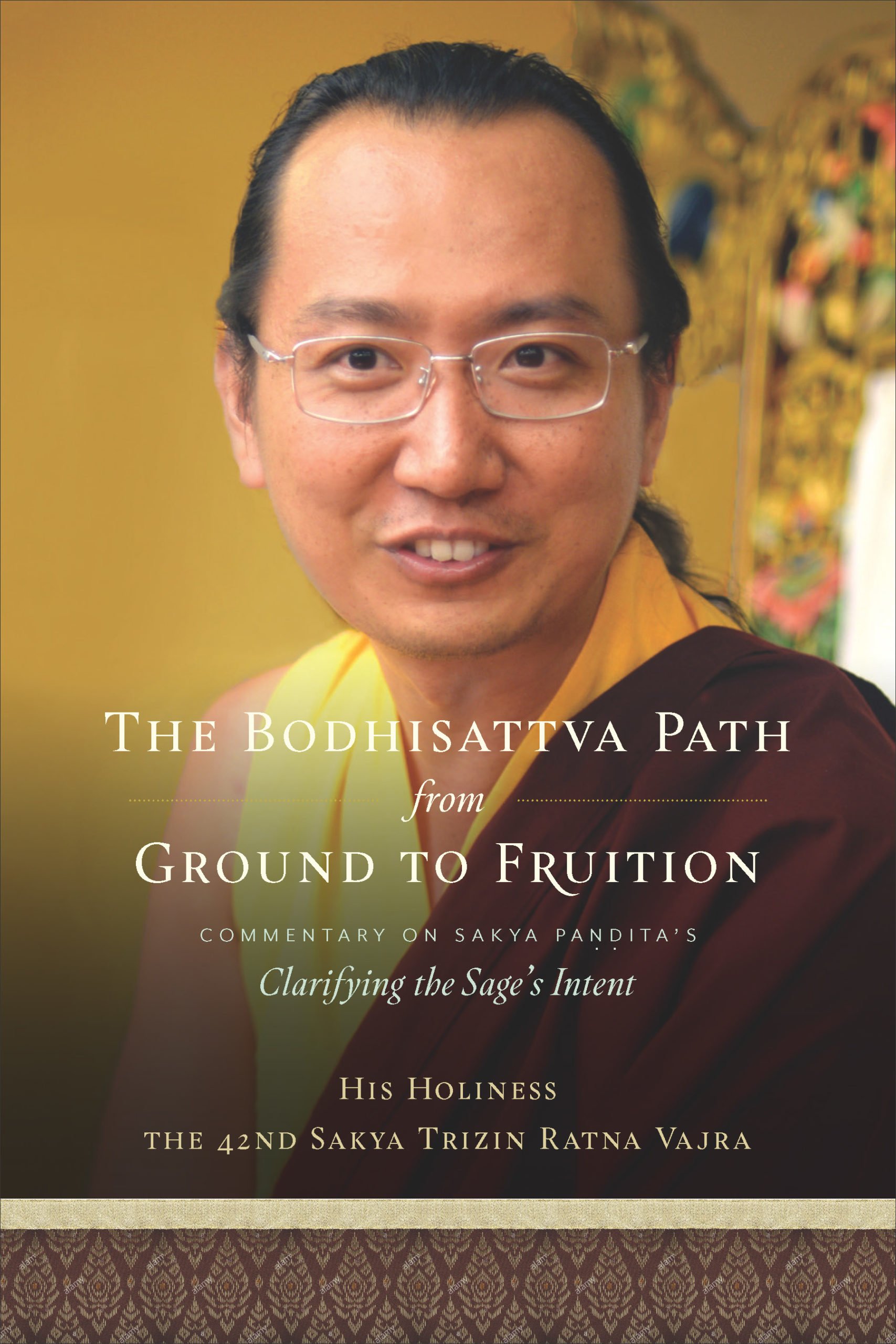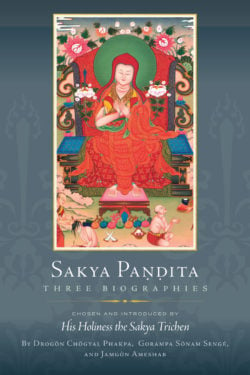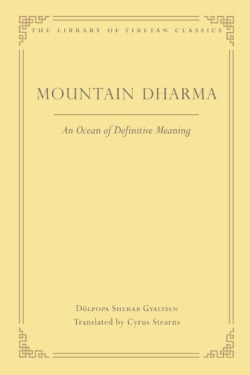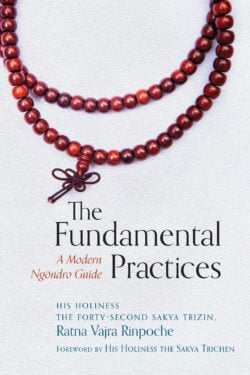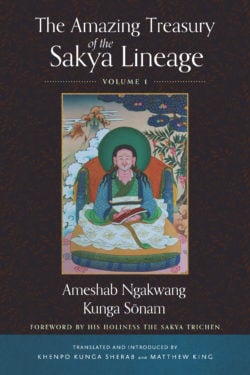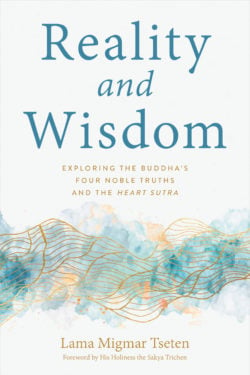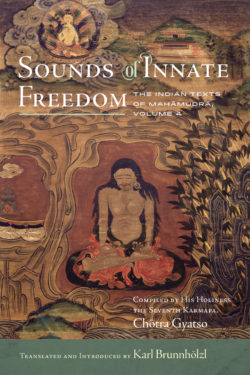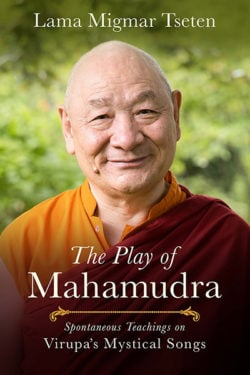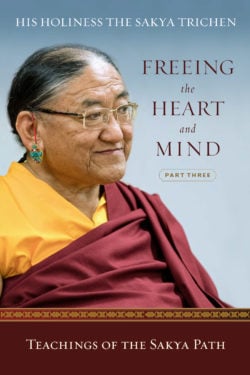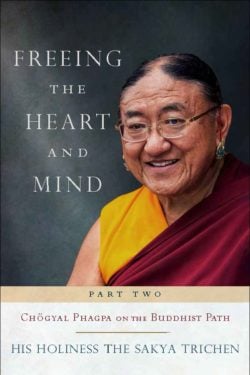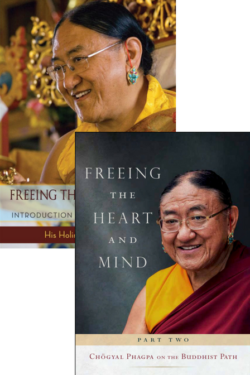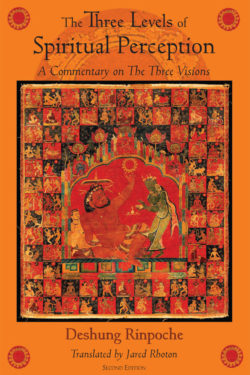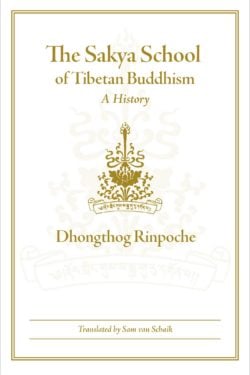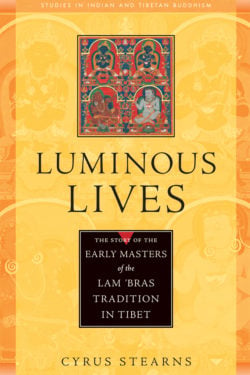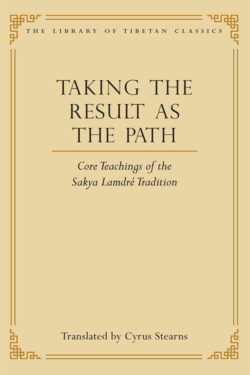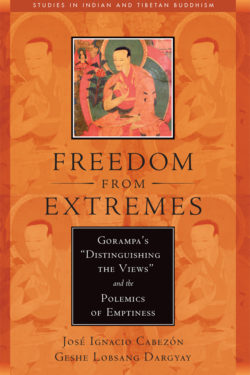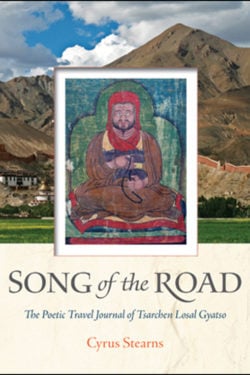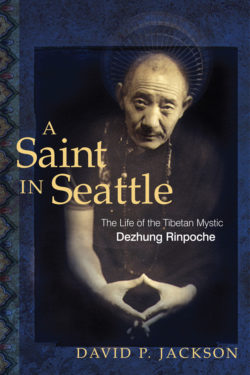His Holiness the Forty-Second Sakya Trizin, Ratna Vajra Rinpoche, holds the esteemed position of the forty-second Sakya throne holder within the Sakya school of Tibetan Buddhism. He is renowned for his profound knowledge and the clarity of his teachings, making him one of the most well-regarded lineage holders in the Tibetan Buddhist tradition. He hails from the acclaimed Khön family, known for producing successive generations of exceptional Buddhist masters. From a young age, His Holiness received extensive teachings, empowerments, and transmissions in both sutra and tantra from his father and numerous other esteemed teachers. After completing rigorous philosophical studies at Sakya College in India, he earned the kachupa degree. Embarking on meditation retreats from the age of twelve, including the Hevajra retreat, a key tantric practice within the Sakya school, with great humility, he travels extensively to offer teachings and empowerments to students worldwide upon their request.
Other books by His Holiness the 42nd Sakya Trizin:
The Fundamental Practices
Light of Samantabhadra

